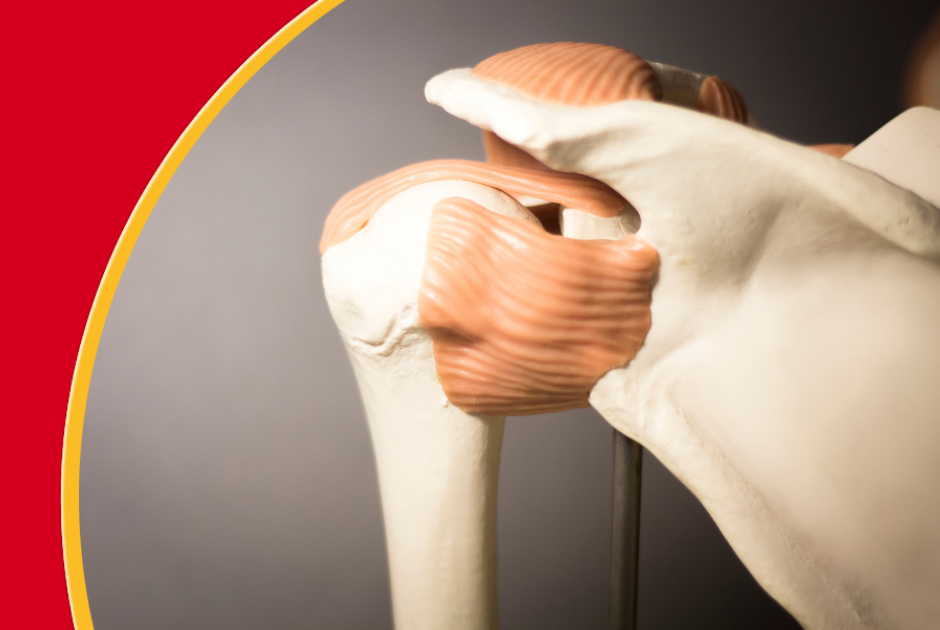Types of Joint Movements
Posted on 22nd November 2021
Today we are going to be talking about the different types of joint movements and how each of them allows the body to move freely in a range of different motions..
Synovial Joints
Synovial joints are the most common type of joints in the body and are found between bones that move against each other.
These joints are termed diarthrosis, meaning they’re freely mobile and are made up of cartilage, the joint capsule, synovial fluid, and synovial membrane.
Each of the synovial joints provides the body with flexibility and mobility and are unfortunately prone to injury, inflammation, and arthritis.
Abduction and Adduction
Abduction and adduction are motions performed in the coronal/medio-lateral plane of movement. Moving the limb away from the body is known as abduction whereas, moving the limb towards the body is adduction.
This can be remembered by the following:
Add = adding something in
Abduct = taking something away.
Circumduction
Circumduction is the movement of the body where it moves in a circular pattern. This is subsequently a combination of flexion, adduction, extension, and abduction. These movements take place in ball-and-socket, condyloid, metacarpophalangeal and metatarsophalangeal joints.
Rotation
Rotation can occur within the vertebral column, at pivot or ball-and-socket joints. Rotation is just simply twisting the body. You may see a movement called medial (internal) rotation or lateral (external) rotation.
This can be remembered by the following:
Medial = moving the limb towards the body
Lateral = moving the limb away from the body
Supination and Pronation
Supination and pronation are movements of the forearm when it’s in the anatomical position with the arm held next to the body with the palm facing upright, this is the supinated position (like holding a bowl of soup). When the palm is facing backwards, this is a pronated position (dropping the bowl of soup).
Dorsiflexion and Plantarflexion
Dorsiflexion and plantarflexion are movements of the ankle joint, which is a hinge joint. Lifting the front of the foot so your toes are pointing upwards is dorsiflexion and then pointing your toes towards the floor is plantarflexion.
These movements are only available at the ankle.
Inversion and Eversion
Inversion and eversion are movements that do not take place at the joint but involve the multiple plane joints among the tarsals. Inversion is turning the foot towards the body and eversion is turning the foot away from the body.
It’s very normal for the foot to have a greater range of inversion than eversion.
Protraction and Retraction
Protraction and retraction occur at the scapula (shoulder blade) or mandible (jaw). Protraction occurs when the scapula is moved forwards (when pushing or throwing a ball) and retraction is when the scapula is being pulled the opposite way.
Depression and Elevation
Depression and elevation are the downward and upwards movements of the scapula and mandible. The upward motion is called elevation (like an elevator going upwards) and the downward is depression.
These movements are used to shrug your shoulders.
Share this post:

